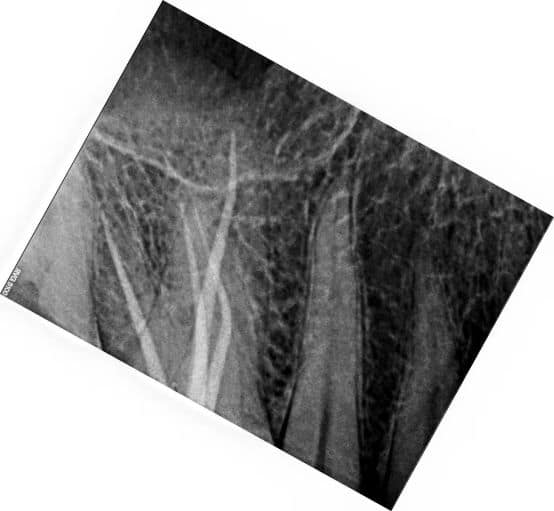“We invest in premium materials and advanced sterilization because your health is worth it. Our treatments are designed to last a lifetime, saving you money on future repairs.”

Why you feel rct is Unique ?
Thank you for recognizing our quality
Good RCT:
A well-performed root canal treatment typically lasts 10-15 years or even longer with proper care. The longevity of a good RCT is due to thorough cleaning, precise shaping, and complete obturation of the root canals, ensuring that no infection remains.
Key factors contributing to a good RCT include:
Class Isolation: Ensures a dry and clean working area, preventing contamination.
Proper Shaping and Cleaning: The root canals are shaped and cleaned according to their size, removing all infected tissue.
Snug Fit Obturations: The canals are sealed with materials that fit snugly, preventing bacteria from re-entering.
The outcome is a healthy, functional tooth that can last many years without issues, avoiding further complications.
POOR RCT
A poorly executed root canal treatment may last only a few years or even fail soon after completion. This is often due to inadequate cleaning, improper shaping, and poor sealing of the canals, which can leave behind bacteria and lead to reinfection.
Common issues with poor RCTs include:
Incomplete Cleaning: Infected tissue may be left inside the canals, leading to persistent infection.
Improper Shaping: Canals are not properly shaped, making it difficult to fill them completely.
Loose or Incomplete Sealing: The canals are not properly sealed, allowing bacteria to re-enter and cause reinfection.
The result is a tooth that remains susceptible to infection, often leading to pain, abscesses, and eventually the loss of the tooth.
Rct is Not Expensive; Ignorance Is
The True Cost of Neglect: While the initial cost of a root canal treatment might seem high, it is a worthwhile investment in the long-term health of your tooth. Ignoring the need for a quality RCT can lead to the loss of the tooth, which brings about more significant problems and expenses
.
Cost of Tooth Replacement: If a tooth is lost due to a failed RCT, replacing it often requires an implant or a bridge. Dental implants are more expensive than an RCT, and the process is more invasive and time-consuming.
Implant Costs: Implants not only cost more but also require multiple visits, surgical procedures, and extended healing times.
Long-Term Consequences: Losing a tooth and not replacing it can lead to bone loss, shifting of other teeth, and even changes in facial structure.
Preventive Care Pays Off: By investing in a good RCT, you save yourself from the potential high costs of implants and other tooth replacements. The message is clear: “RCT is not expensive, but ignorance is.” Taking care of your teeth now prevents the much higher costs associated with tooth loss and replacement later on.
How a Dentist Checks for a Snug Fit in Root Canal Treatment
A snug fit during root canal treatment is crucial to prevent reinfection and ensure long-term success. Here’s how dentists ensure that the canal is completely filled:
1. Master Cone Fit Verification
After shaping and cleaning the canal, a master cone of gutta-percha is placed into the canal. The dentist verifies the fit by taking a radiograph (X-ray) to ensure the cone reaches the full length of the canal and fits tightly against the walls.
2. Tug-Back Test
The dentist gently pulls on the master cone once placed in the canal. A slight resistance or “tug-back” indicates a snug fit. If the cone slips out easily, adjustments may be needed.
3. Radiographic Evaluation
Radiographs are taken during the filling process. The dentist examines these images to ensure the canal is fully occupied by the filling material, with no visible gaps or voids.
4. Apical Seal Check
The fit and seal at the apical portion (tip of the root) are crucial to prevent bacteria from re-entering the canal. A snug apical seal is confirmed through radiographs and the tug-back test.
5. Lateral Condensation
During lateral condensation, spreaders are used to press additional gutta-percha into the canal. This ensures the filling material occupies all lateral spaces, creating a snug fit against the canal walls.
6. Final Radiograph
After obturation, a final radiograph is taken to confirm that the canal is uniformly filled with no gaps, indicating a successful snug fit.
These steps ensure that the root canal is properly sealed, reducing the risk of future complications and ensuring the longevity of the treatment.

